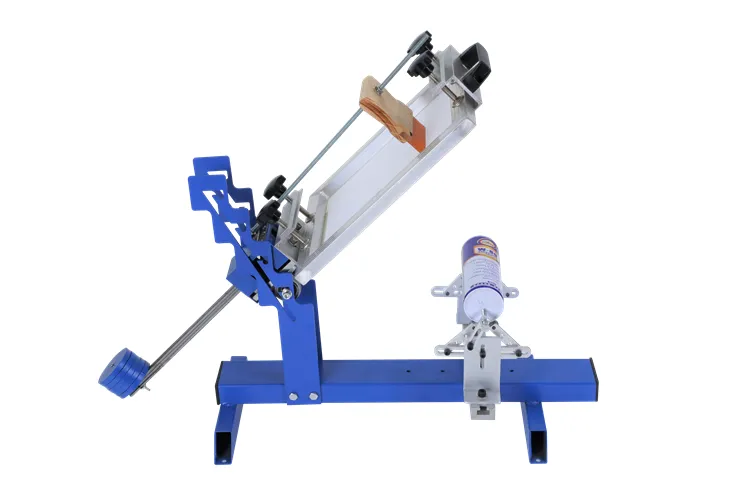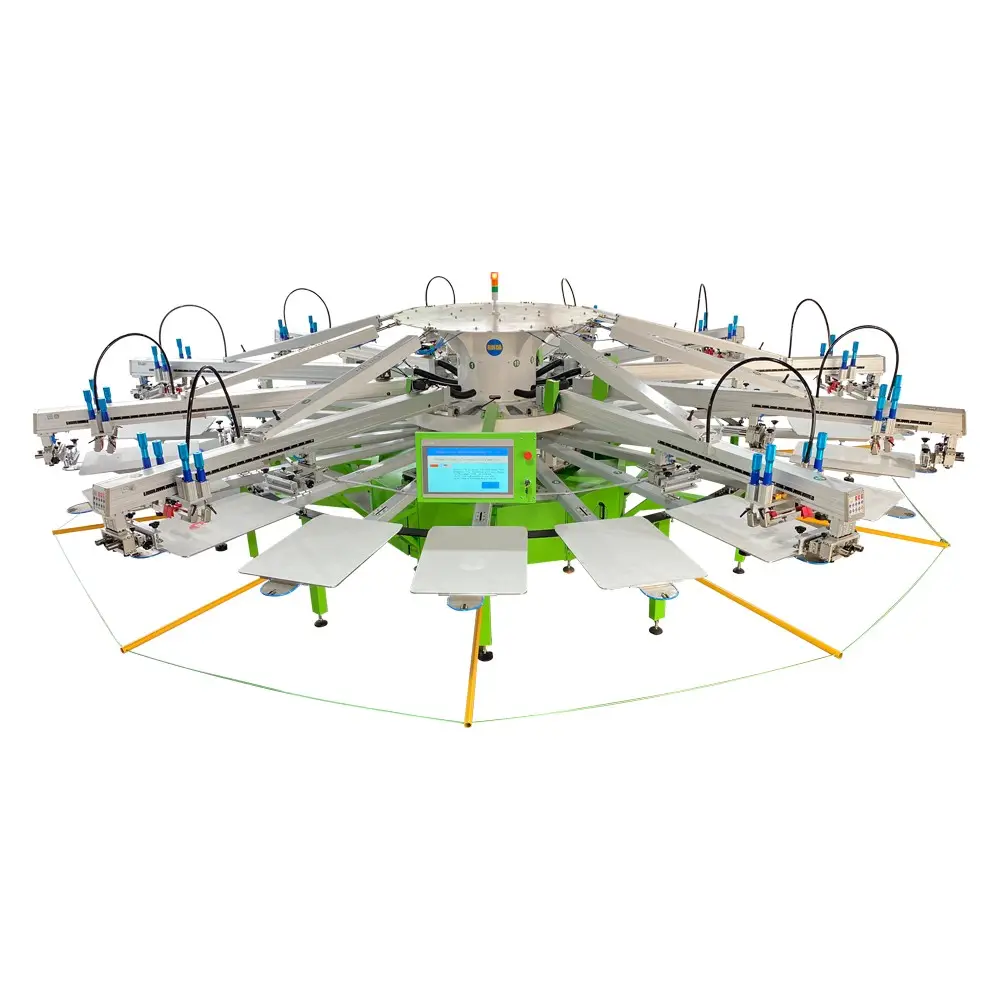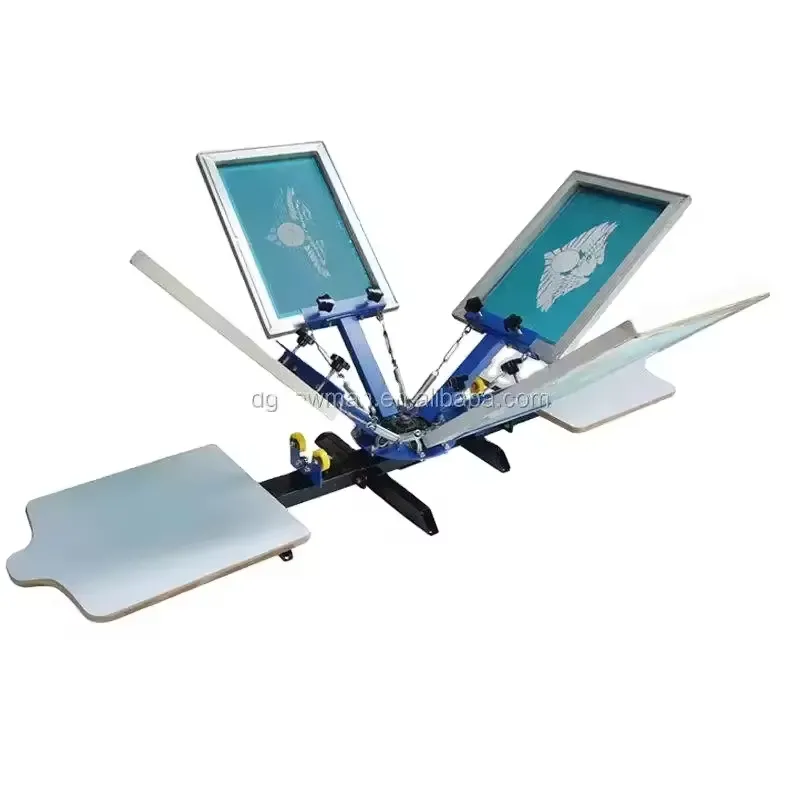in lụa trên bề mặt phẳng
In phẳng là một phương pháp in đa năng và chính xác, đã cách mạng hóa các quy trình in công nghiệp. Kỹ thuật này sử dụng một tấm lưới phẳng, thường được làm từ polyester hoặc thép không gỉ, căng chặt trên khung. Lưới chứa hình ảnh hoặc hoa văn mong muốn, với các khu vực không in bị che kín và các khu vực in được để hở. Trong quá trình hoạt động, mực được đẩy qua các khu vực hở này lên bề mặt vật liệu bên dưới bằng cách sử dụng con lăn cao su, tạo ra hình in cuối cùng. Quy trình này rất linh hoạt, có khả năng in trên nhiều loại vật liệu khác nhau như giấy, vải, nhựa, kim loại và kính. Máy in phẳng hiện đại được trang bị các tính năng tự động để định vị chính xác, kiểm soát lượng mực và đảm bảo chất lượng in nhất quán. Công nghệ này cho phép sử dụng lớp mực dày, phù hợp cho các ứng dụng yêu cầu màu sắc đục hoặc hiệu ứng đặc biệt. Ngoài ra, quy trình này có thể tương thích với nhiều loại mực khác nhau, bao gồm mực nước, mực dung môi và mực UV, cung cấp sự linh hoạt cho các yêu cầu sử dụng khác nhau. Thiết kế của hệ thống cho phép in cả định dạng nhỏ và lớn, phù hợp cho nhiều ứng dụng từ biển báo công nghiệp đến tranh nghệ thuật.


